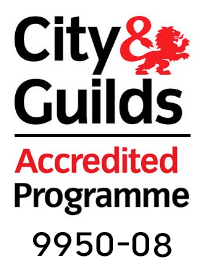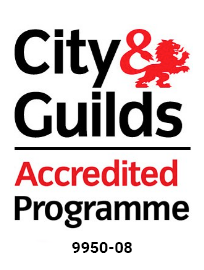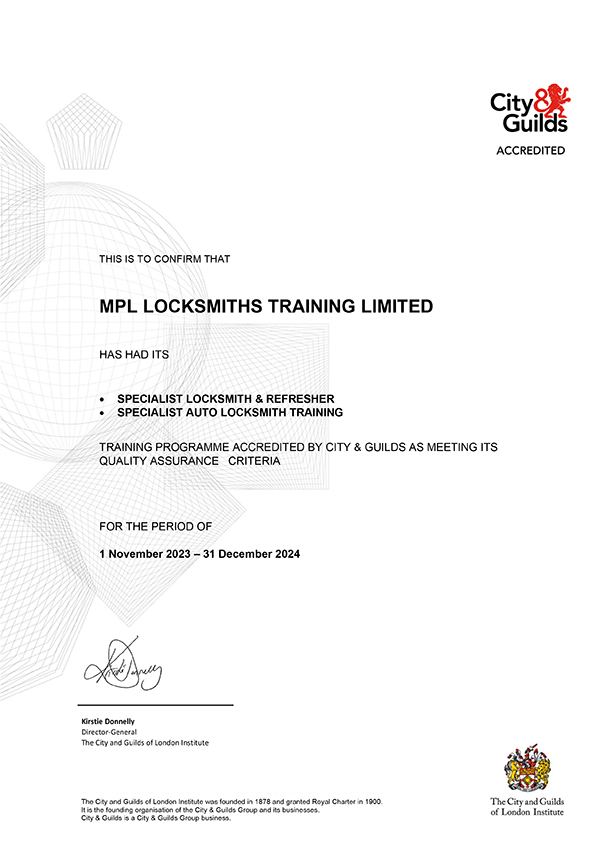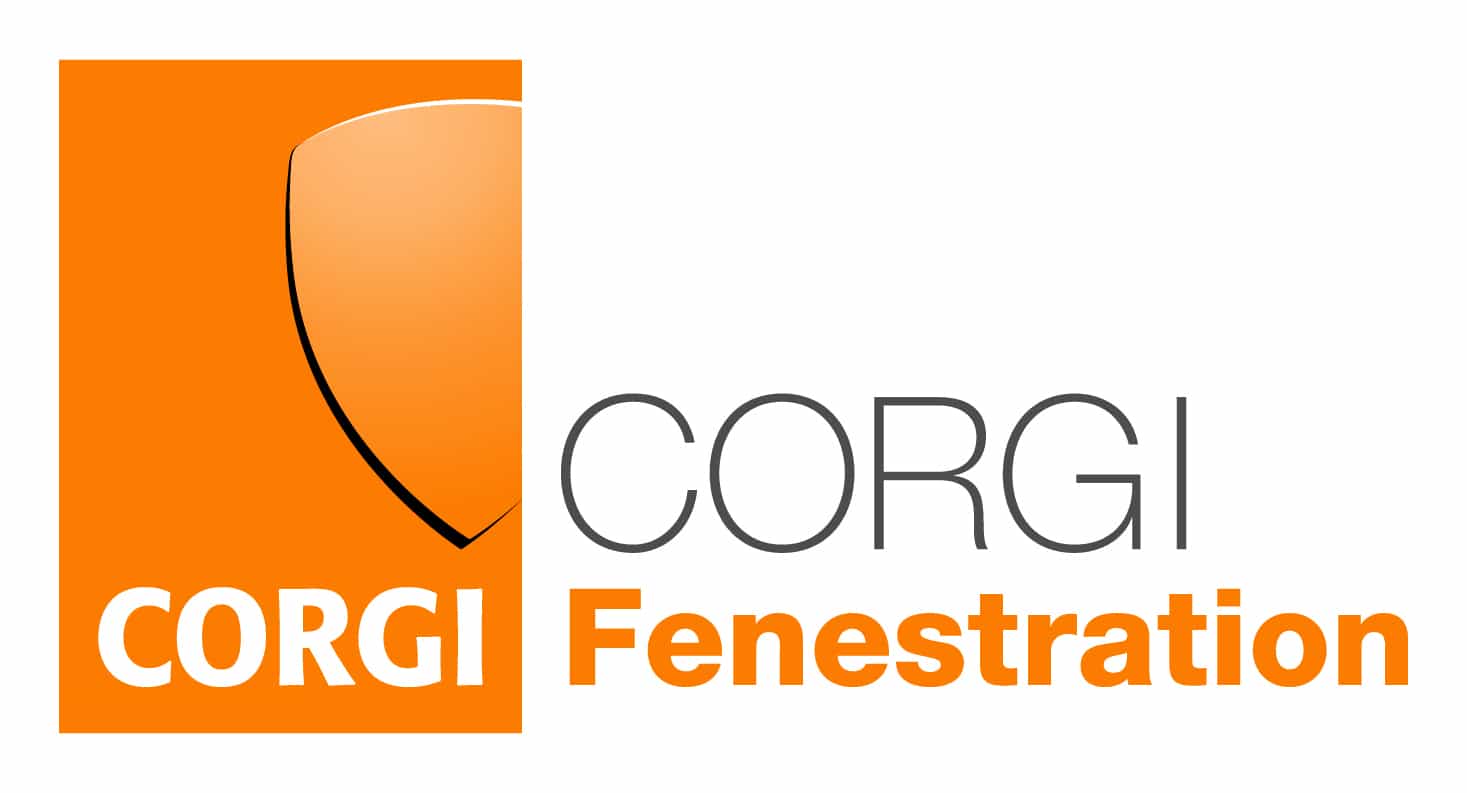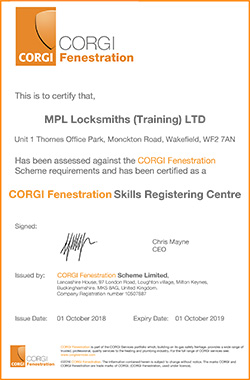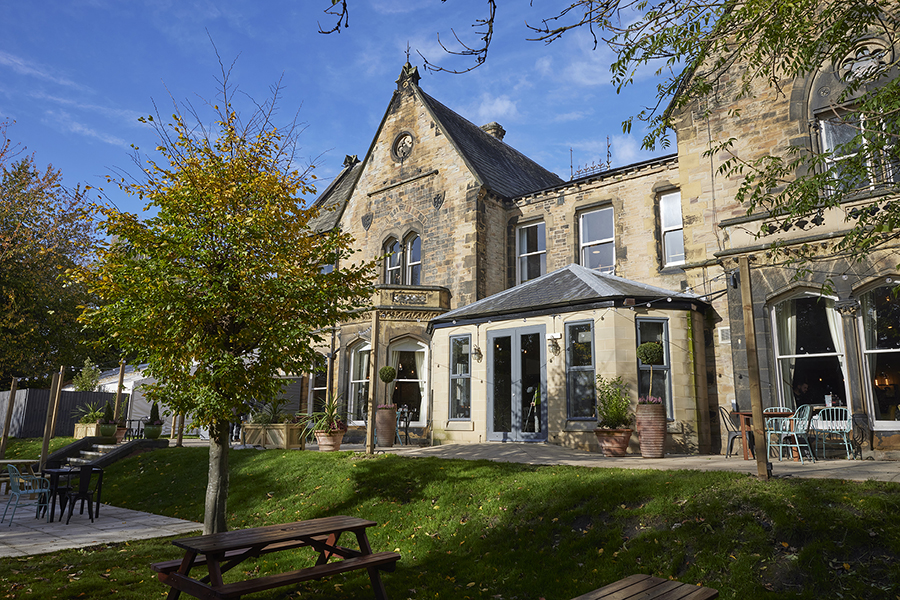By the time you’ve completed any of our 1-day, 3-day, or even 5-day locksmith training courses, you’ll know locks inside out – literally. Our professional technicians will take you through every aspect of the most common door locks found in British homes, explaining what each part of the lock is and how it all fits together.
Let’s bridge the gap for the curious minds with a brief look into the inside one of the most popular door locks: the Euro lock. How does it all go together? Which parts are susceptible to damage during break-ins? And which parts are the ones that need to be repaired more than others?
What’s Inside a Euro Lock?
The most popular door locks used in homes throughout the United Kingdom vary in complexity and style. Although they all work from the same basic principle, there are distinct differences between mortice locks and Euro locks, for example. Our instructors make it easy to understand the differences between practical insight and training on our locksmith training courses.
It’s worth remembering that there are several external parts of any door lock as well. But perhaps because these parts are visible, they’re less mysterious than the internal parts of a common door lock, hidden from sight.
These are the most important internal components that you’ll typically find inside a Euro lock.
Cylinder
Few door locks exist without a cylinder. This is the body of the lock, where all the action takes place. It’s also the first line of security on most locks, since it’s the place where the key is inserted: if the key doesn’t fit the cylinder, the lock doesn’t operate.
Cylinders work in tandem with pins. When the correct key is inserted into the cylinder it will release and align a series of spring-loaded pins, thereby pushing them into their correct position and ‘opening’ the lock. Until a key of the correct shape is inserted, the pins will remain in the locked position.
The Different Types of Locks
Please do remember that in today’s article we’ve only explained the basic, high-level principle of what’s inside a lock. Door locks can get very complicated very quickly!
There are many different types of locks used throughout the United Kingdom, each of them with their own unique mechanisms, features, parts, and more. And that’s before we’ve even mentioned auto locks, where electronic programming is required to either lock or open a door in the first place.
As long as you understand the basic internal components of a door lock, you can perform very basic (but limited) DIY tasks. More importantly, with this knowledge, you’re in the perfect position to get started with one of our locksmith training courses and begin your new career.
Door Lock Training with MPL
Our MPL Locksmith Training Courses are designed to teach you exactly what you want to know about locksmithing in a matter of days. Once you’ve completed your training course you’ll leave with a certificate of your new skills and, if you’ve completed the theory test on one of our City & Guilds accredited courses, then you’ll have their official certificate as well.
We like to speak to our new students before they sign up in order to make sure that they’re signing up for the correct course. Some of our courses are targeted to experienced locksmiths looking to extend their skill range, so it’s important that you don’t accidentally sign up for a course like this.
Speak to our friendly team today and before you know it, you’ll be an expert on the internal components of every major type of door lock used in the country.
